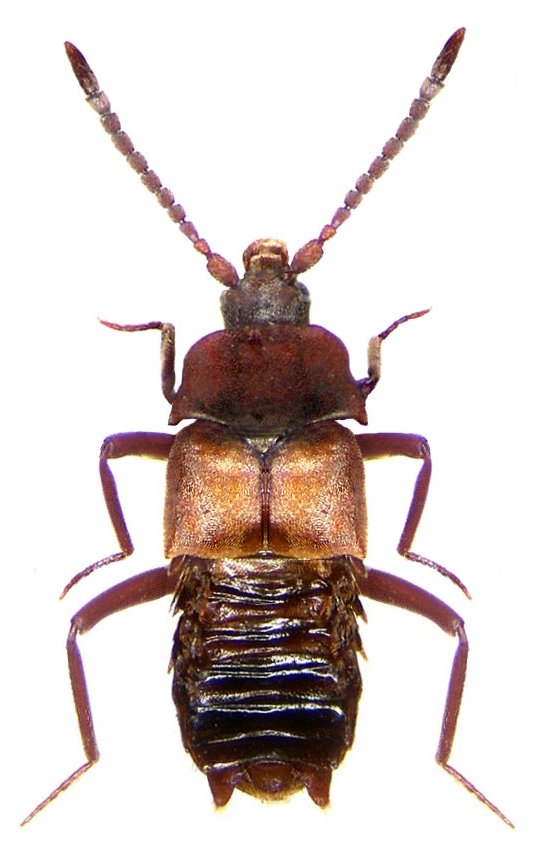|
Aenictoteratini
Aenictoteratini is a myrmecophilous tribe of rove beetles in the subfamily Aleocharinae which contains 10 genera, 7 of which are monotypic. In total, there are 17 species currently listed as Aenictoteratini. Distribution Most Aenictoteratini genera are found in East Asia, specifically China, Indonesia, Malaysia, the Philippines, Thailand, and Vietnam, while ''Weiria australis'' (Ashe, 2003) is the only species known from Australia. All species are found inside of nests of the ant genus '' Aenictus''. Description Members of this tribe are highly adapted to life among ants, with body shapes resembling those of their hosts. Taxonomy Many genera placed in Aenictoteratini when the tribe was created in 1993 have subsequently been moved to the Myrmedoniina, a subtribe of Lomechusini, after phylogenetic analyses revealed that the group was not monophyletic. Many of the characteristics first used to define the tribe, such as an antlike "pseudo-gaster" narrowed abdomen, can be found i ... [...More Info...] [...Related Items...] OR: [Wikipedia] [Google] [Baidu] |
Aleocharinae
The Aleocharinae are one of the largest subfamilies of rove beetles, containing over 12,000 species. Previously subject to large-scale debate whether the subfamily deserved the familial status, it is now considered one of the largest subfamilies of rove beetles.James S. Ashe (1947–2005Tree of lifeUniversity of Kansas, Lawrence, Kansas, USA Description The Aleocharinae are generally small to minute beetles, as they can reach a maximum length of about , but usually they are long, with a few species of , among the smallest of beetles. The body is usually slender, often densely and finely punctured; the head is more or less round and the color may be light or dark brown, reddish-brown, or black, sometimes with contrasting colors of red, yellow, and black. Anatomy Because of the size of the subfamily, their anatomy is extremely variable. However, a few key features are shared by all rove beetles. All members have antennae with 10 or 11 segments. The antennal insertion is poster ... [...More Info...] [...Related Items...] OR: [Wikipedia] [Google] [Baidu] |
